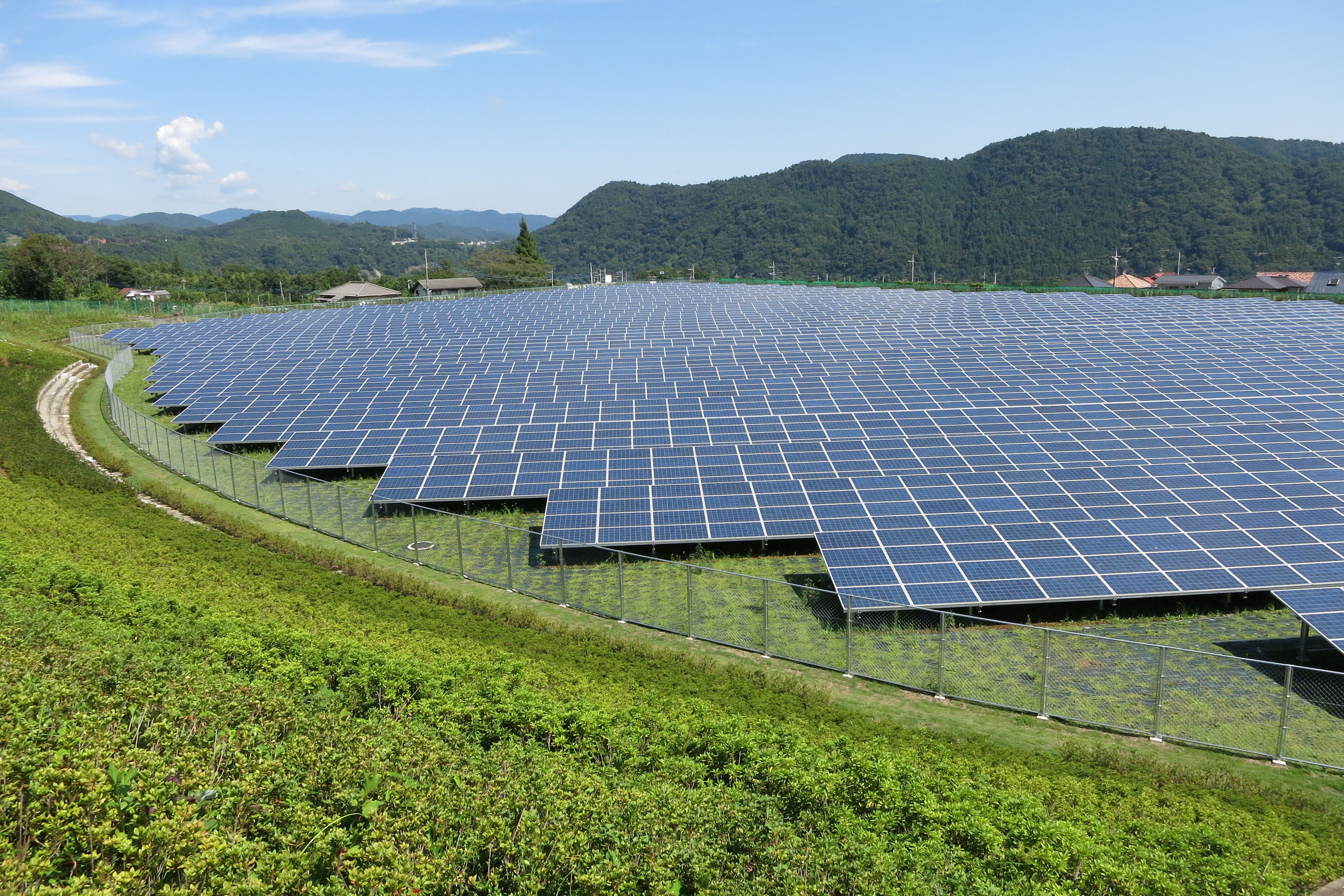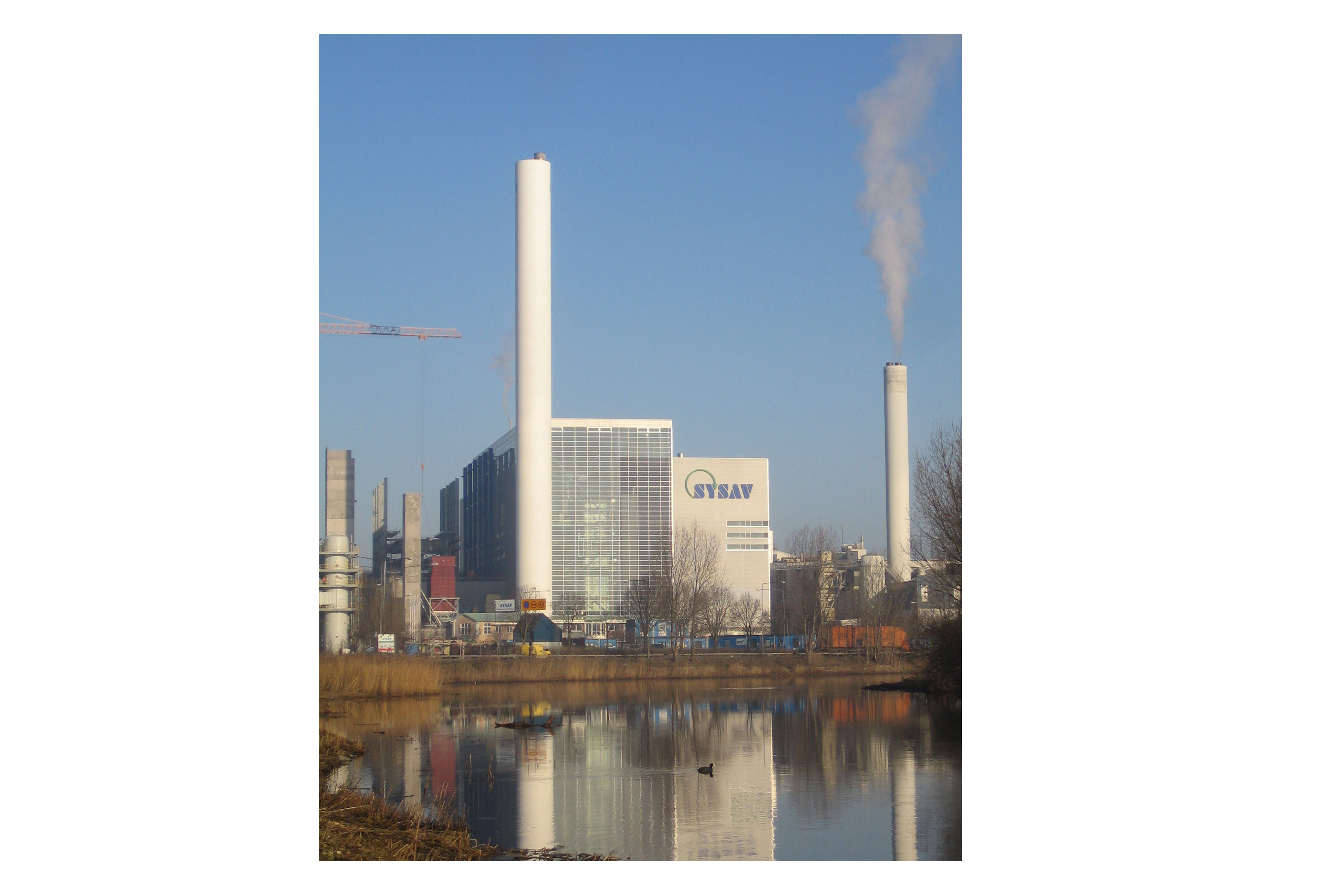“Coal is America’s dirtiest energy source—and the country’s leading source of global warming pollution,” wrote the Natural Resources Defense Council. Coal companies may market coal as clean, but there is still pollution related to coal use.
According to the Union of Concerned Scientists, “In 2011, utility coal plants in the United States emitted a total of 1.7 billion tons of CO21 [carbon dioxide].” Aside from dioxides, coal plants also emit particulate matter into the air that cause breathing problems. They also emit mercury, known for its heavy metal poisoning that causes heart and brain damage.
Improvements enforced by the Clean Air Act help decrease emissions, but coal continues to pollute and destroy the water, air and land we need to survive. The best way to combat coal pollution is to transition to renewable sources of energy, such as solar power.
Fortunately for the U.S., coal burning is at its lowest production rate since 1986 as the U.S. begins to move toward renewable resources. President Obama made emission reduction a national issue with his Clean Power Plan that focuses on decreasing carbon emissions by 32 percent by 2030.
These goals are necessary to decrease our dependency on fossil fuels, because they are quickly running out. Even though Obama’s Power Plan was hindered and delayed by the Supreme Court, many states have vowed to continue their transition to clean energy.
There are cleaner alternatives than burning coal. Aside from wind energy, solar energy is a prime example for a new source of energy, because it is much more sustainable than coal. We need to begin the transition to renewable resources before we run out of time.
Some coal dependent states worry that the transition to solar energy will cost them jobs. However, the integration of solar energy has actually helped create over 40,000 new jobs so far.
Despite this, coal production still clings to the Pacific Northwest. There are currently three large coal plant proposals, but it could be a long time before these projects are built.
Solar energy is finally taking hold in Oregon as a coal replacement. “House Bill 4036…aims to rid the state of electricity from coal fired plants by 2030,” reported The Oregonian. Solar energy can supply electricity needed to replace the energy currently being produced by coal.
As more states take action, the cost to build renewable resource facilities becomes cheaper and cheaper. “Nationally, installed solar capacity grew by 30% in 2014,” stated Environment Oregon, a grassroots, environmental non-profit currently focused on improving solar energy output around Oregon. Oregon is behind in their solar energy policy compared to many other states like California, Arizona, and Hawaii, but there are initiatives to put Oregon on the map in terms of solar power.
This new policy is a win-win situation for coal and solar energy because the solar energy goals focus on community-led solar projects. These projects include collective purchasing power initiatives, education, outreach and community access to those who couldn’t normally have access to solar energy. Schools and churches could now collectively purchase solar panels, as well as individuals who rent apartments.
Even though we have a windy and rainy climate, Oregon has a huge amount of untapped solar potential. Environment Oregon proposes “a combined 245% increase in solar power in the cities over five years, or the equivalent of more than 3,000 residential solar rooftops.” We need to increase the amount of energy coming from solar–currently at 2 percent–to 32 percent in order to make the transition from dirty to clean energy.
Environment Oregon is also fighting back against the Supreme Court’s block for the Clean Power Act. The best ways to help are to spread the word about solar energy and support local and state initiative. Support for these initiatives could soon result in a reduction of everyone’s electricity bills and end Oregon’s fossil fuel dependence for good.






